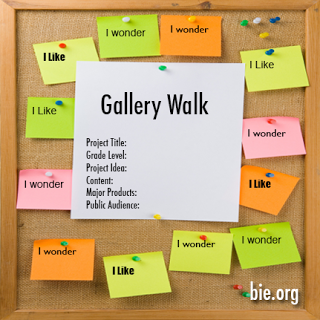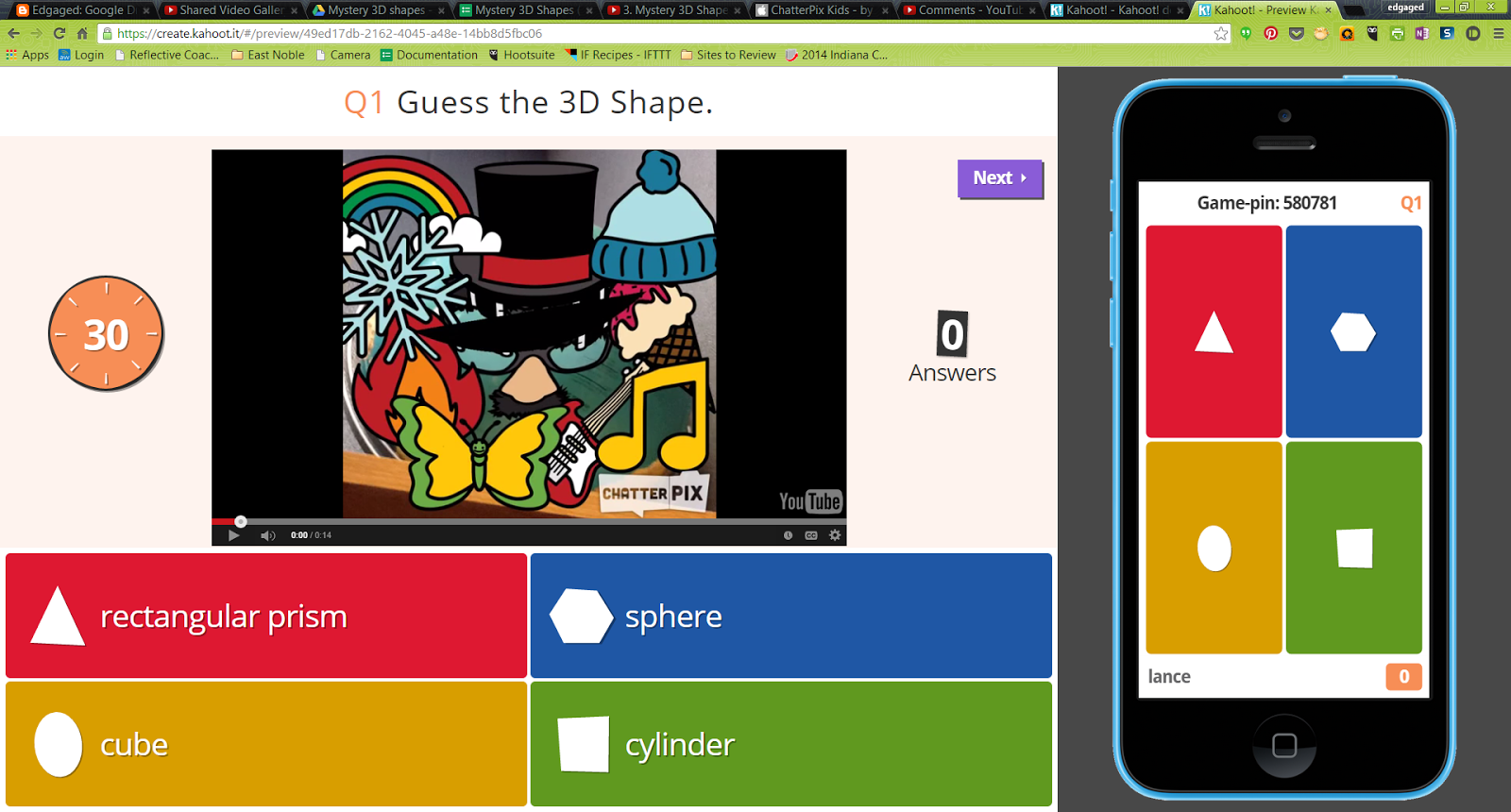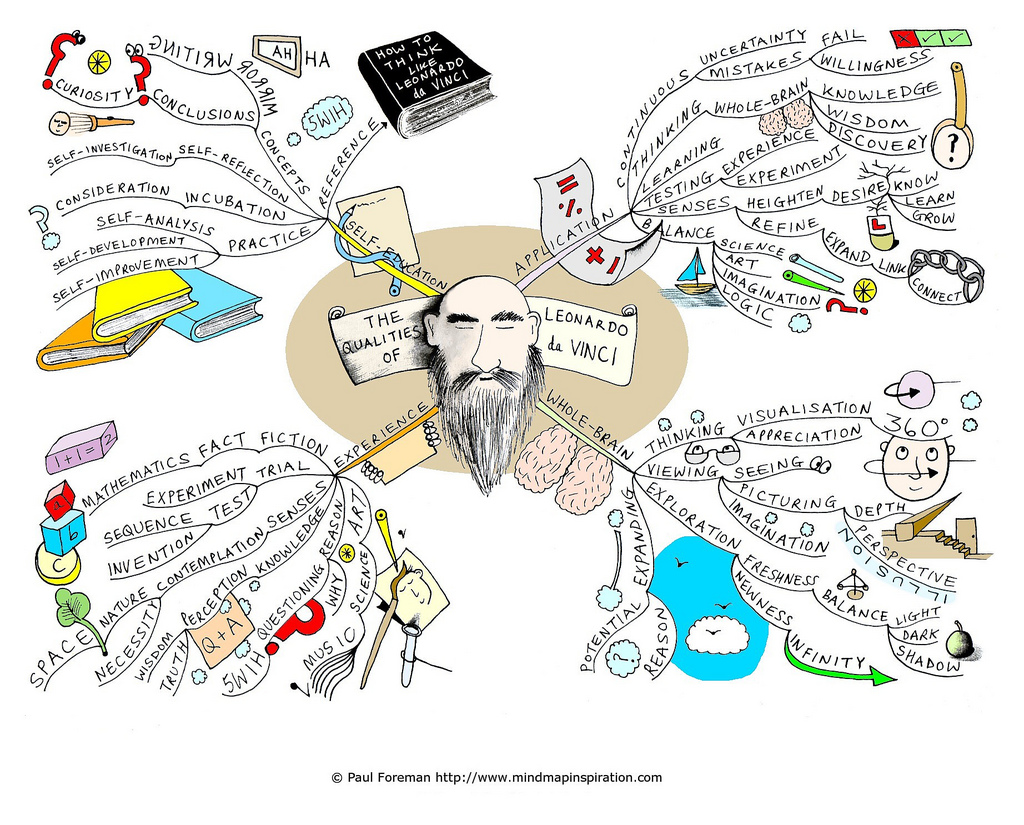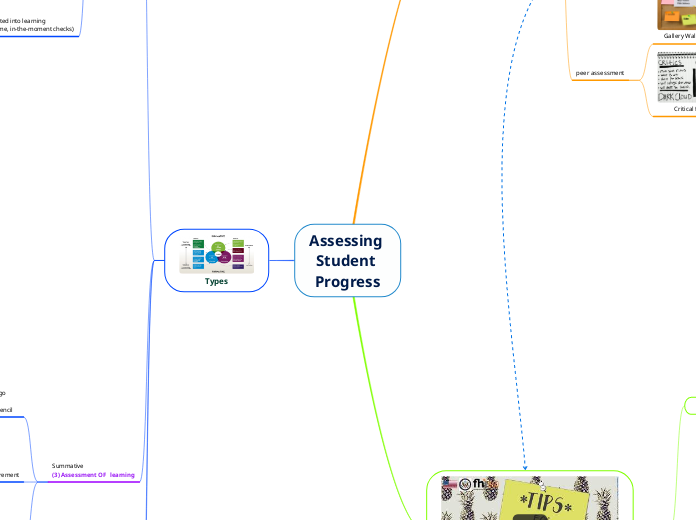Assessing Student Progress
Fixes for grading
SE2R Narrative Feedback Model
(Summarize, Explain, Redirect and request resubmission)
assessments are submitted in parent portal but directly used for grading
decided at end-of-year 1:1 conference
allow students to make go back, correct/resubmit
through effort, earn higher scores
from "what's my grade?"
to "What can I do better?"
motivate avoidant-oriented and
success-oriented students
have students practice using rubric on example work
peer assessment

Gallery Walks protocol

Critical friends
Types
Holistic
Quick to grade
less/no actionable feedback
Analytic
Developmental
space to write strengths & weaknesses
no boundaries on student performance
student freedom
not easily quantified
(avoids peer comparison)
Checklist
Content
Simple, Age-appropriate
⭐️/⭐️⭐️/⭐️⭐️⭐️
😕🙂😁
Still Learning/Sometimes/Almost always
Unsatisfactory/Competent
Below Standard/At Standard
"I" language
"Can do" statement
Parallel language
Description must be observable
Teach the rubric
Types
Formative

purpose
1. Objective: Desired outcome, what students should know, be able to do?
2. Assessment: How will students prove they know? Product to produce?
3. Content: What materials will they need?
student diagnostic
(pre-assessment)
what students already know
gaps in prerequisite learning
start of class/unit surveys
ongoing/actionable feedback as a routine
for teachers to plan lessons,
group students,
differentiate
for students (self-/peer) to recognize what they don't know
(2) Assessment AS learning
(students as own assessors)
self-assessment
Thinking strategy:
Think, Puzzle, Explore: What Qs do you have about this topic?
Connect, Extend, Question: Wha new Qs have emerged?
require students ask Qs about own learning
integrated into learning
(real-time, in-the-moment checks)
impromptu quizzes

class polls/anonymous voting

visual what they learned
entry/exit tickets
1-minute papers
3, 2, 1
journal entry
Lesson reflection
portfolio
class discussion
thumbs up, thumbs down
Rating 1-10
personal whiteboard

4 Corners
3 Dos and 3 Don'ts
Most common misunderstandings
Yes/No Chart (Do/Don't Understand)
3 Questions
Explain key point
Venn Diagram (compare/contrast)
Summative
(3) Assessment OF learning
ways to go beyond paper+pencil
record a podcast
write a play script
reliability of measurement
measurement error
fatigue/alertness on test day
affected by rater judgement (i.e. IRR)
validity
word problems for ELL students
Can a single test assess differentiated classroom/students?
Competency-based learning
(assessing skills mastery)
focus on making progress
pre-, post-learning
compare students with themselves


